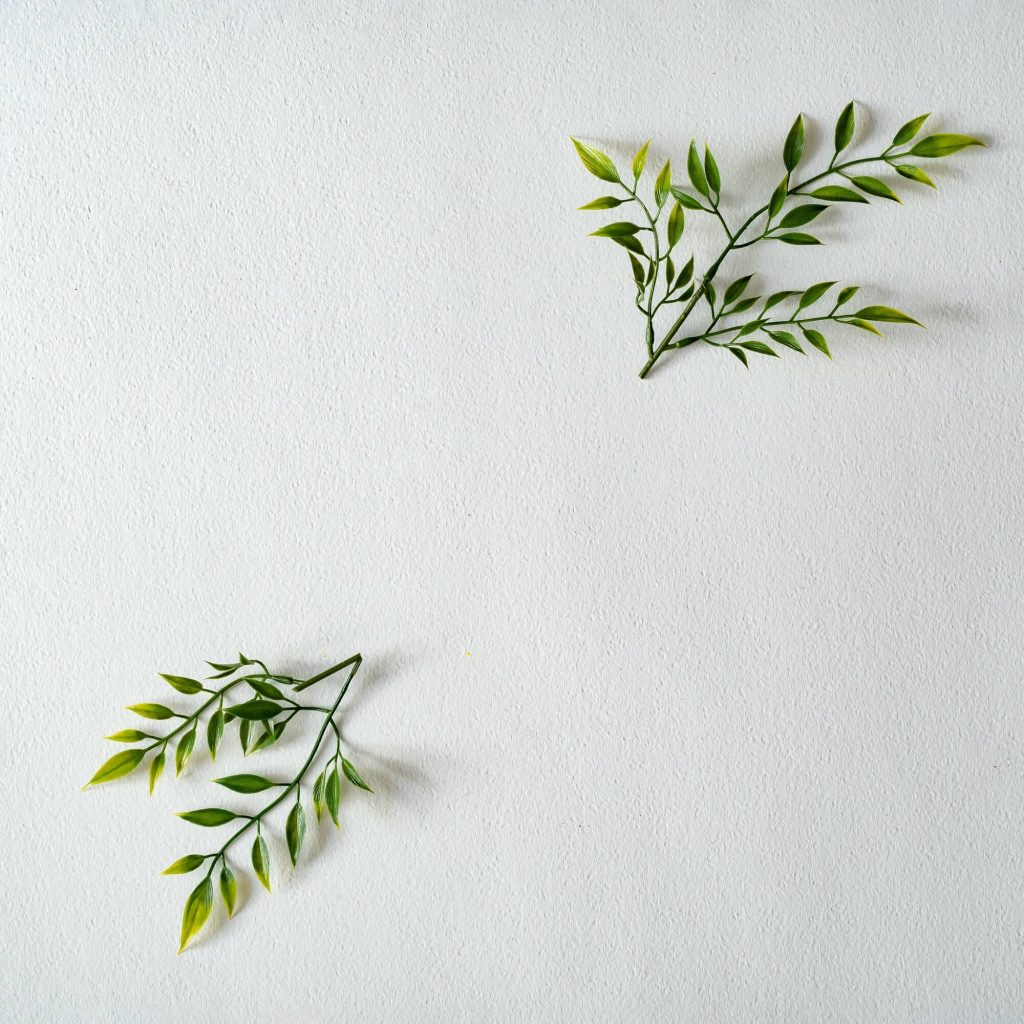As woodworking enthusiasts, we all know the importance of clean and precise glue application. Glue is the backbone of any woodworking project, and it is important to apply it accurately to ensure a strong and lasting bond. However, it is not uncommon to end up with glue stains on the wood surface, which can ruin the overall look of the project. In this article, we will share some woodworking hacks that will help you achieve clean and precise glue application, without any unwanted stains.
Tip 1: Use Painter’s Tape
Painter’s tape is a versatile tool that can be used in various woodworking applications, and it is especially useful for glue application. Before applying glue, place a strip of painter’s tape along the edge of the wood where the glue will be applied. This will create a barrier and prevent any excess glue from spreading onto the surface of the wood. Once the glue has dried, simply remove the tape to reveal a clean and precise glue line.
Tip 2: Apply Glue with a Brush
When applying glue, it is important to use a brush with soft bristles. This will help you apply glue evenly and precisely, without any drips or excess. Start by applying a thin layer of glue to one surface of the wood, and then spread it evenly with the brush. Once the glue has been applied, press the two surfaces together firmly to create a strong bond. If any excess glue squeezes out, wipe it away immediately with a damp cloth.
Tip 3: Use a Glue Roller Applicator
If you are working on a large project or need to apply glue to a large surface area, a glue roller applicator can be a great tool to use. This tool allows you to apply glue quickly and evenly, without any mess or fuss. Simply pour the glue into the applicator and roll it onto the surface of the wood. This method is especially useful for applying glue to large panels or tabletops.
Tip 4: Sand the Wood Before Gluing
Before applying glue, it is important to prepare the surface of the wood by sanding it. This will remove any rough spots or imperfections and create a smooth surface for the glue to adhere to. Use a fine-grit sandpaper to sand the surface of the wood, and then wipe it clean with a damp cloth. This will ensure that the glue adheres evenly and creates a strong bond.
Tip 5: Use a Glue Syringe
For small or hard-to-reach areas, a glue syringe can be a useful tool to have. This tool allows you to apply glue precisely and accurately, without any mess or excess. Simply fill the syringe with glue and insert the needle into the area that needs to be glued. Gently squeeze the plunger to apply the glue, and then wipe away any excess with a damp cloth.
Tip 6: Clean Up Excess Glue Immediately
Even with the best precautions, it is possible to end up with excess glue on the surface of the wood. If this happens, it is important to clean it up immediately before it dries. Use a damp cloth to wipe away any excess glue, being careful not to smear it onto other areas of the wood. Once the glue has dried, it can be difficult to remove and may require sanding or scraping.
Tip 7: Use a Water-Based Glue
Water-based glues are a great option for woodworking projects, as they are easy to clean up and do not emit harmful fumes. They also dry clear, which makes them ideal for projects where appearance is important. When using a water-based glue, it is important to follow the manufacturer’s instructions carefully and use it within the recommended temperature range.
Conclusion
In conclusion, achieving clean and precise glue application is an essential part of any woodworking project. By following these simple tips and tricks, you can ensure that your glue lines are clean and free of any unwanted stains or drips. Remember to use painter’s tape, apply glue with a brush or roller, sand the wood before gluing, use a glue syringe for hard-to-reach areas, and clean up excess glue immediately. By using these woodworking hacks, you can take your projects to the next level and achieve professional-level results.

